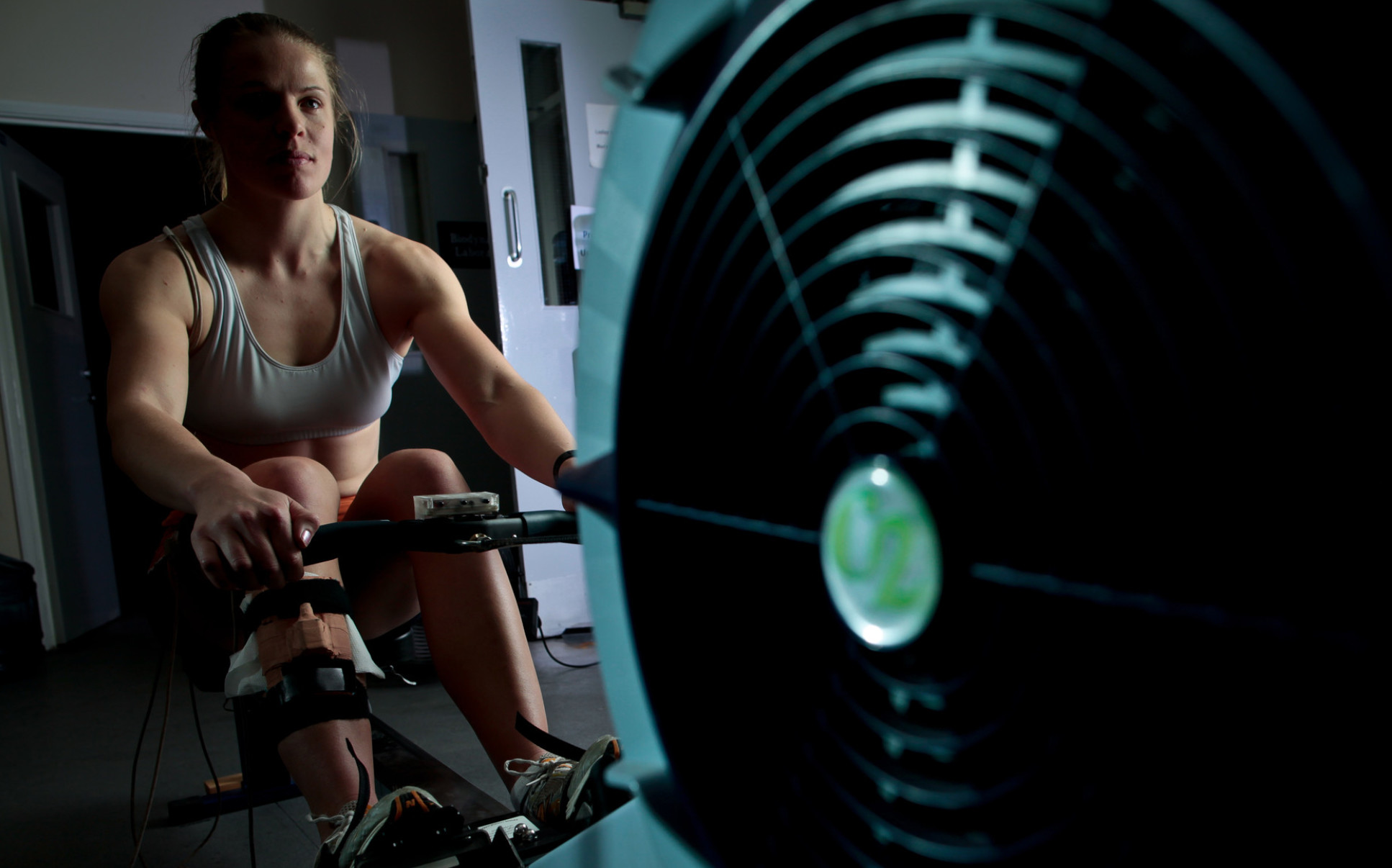Table of Content:
I. Introduction
II. Understanding the Potential Risks
III. Achieving Proper Body Mechanics
IV. Strengthening the Muscles for Injury Prevention
V. Bulletproofing Your System
VI. Redefining Your Fitness with ATHL
VII. Conclusion
VIII. FAQs
I. Introduction
As an enthusiast and advisor in the fitness and sports, I understand the passion that drives us to invest significant amounts of time into our physical activities. Whether it’s engaging in sports or pursuing a fitness regimen, we dedicate ourselves to these endeavors. However, it’s important not to overlook the need to pay attention to our bodies and take necessary steps to prevent injuries. In this article, I will share three valuable perspectives from exercise science that can help you avoid injuries and maintain a healthy and sustainable fitness journey.
We all have activities and sports we love, but it’s crucial to approach them with caution and a comprehensive understanding of injury prevention. Exercise science offers valuable insights into the factors that contribute to injuries and overuse. By incorporating these perspectives into our fitness routines, we can reduce the risk of injuries and ensure long-term success.
II. Understanding the Potential Risks
Exercise and sports activities inherently involve risks, and Sport Epidemiology helps us quantify and analyze these risks. This branch of medicine focuses on studying the incidence, distribution, and control of diseases and factors related to health in sports. Research in this field has shown that each activity and sport has its unique injury profile and patterns.
However, the risk of injury often goes beyond the mere duration of practice. It depends on how ready we are to engage in physical activities over specific periods. Overuse, fatigue, and a lack of fitness can undermine our performance and increase the risk of injury during practice. Therefore, understanding and addressing these factors are essential in injury prevention.

III. Achieving Proper Body Mechanics
Our bodies operate as a whole, and even a simple muscle dysfunction can disrupt overall body mechanics. Achieving proper body functional balance is imperative to maintain good body mechanics and tolerate physical stress. It’s important to note that balance assessment goes beyond evaluating stability in exercises or on unstable surfaces. It delves into assessing individual muscle function capacity and how it affects overall body mechanics.
Various methodologies and assessment structures exist to evaluate balance and biomechanics. These assessments provide valuable insights into the imbalances and dysfunctions that may lead to injuries. By addressing these weak links and improving body mechanics, we can reduce the risk of overuse injuries and optimize our performance.
IV. Strengthening the Muscles for Injury Prevention
One of the key principles of exercise science is the importance of muscle strength in injury prevention. Muscles play a vital role in maintaining proper movement mechanics and protecting our bodies from potential system failures. Building functional strength is essential to ensure readiness and prevent injuries caused by overuse, overload, and fatigue.
Strength training is a fundamental aspect of injury prevention. It involves progressively challenging the muscles to adapt and become stronger. By incorporating resistance training exercises into our fitness routines, we improve muscle function, enhance stability, and reduce the risk of injuries. A well-rounded strength training program focuses on different muscle groups and targets various movement patterns, ensuring comprehensive muscle development and overall readiness.
V. Bulletproofing Your System
Our bodies are like intricate systems of wires, with movement being one of our most valuable powers. This movement is controlled by the brain and nervous system, which can sometimes fail due to factors like fatigue, muscle dysfunction, overload, or impact. When the system fails, the brain learns alternative movement patterns to compensate and ensure mobility.
To maintain or learn proper movement mechanics, we must strengthen our muscles. Initially, we aim to make them functional, allowing them to perform their intended roles effectively. Subsequently, we focus on increasing their strength to prevent potential system failures due to overuse and overload. Strengthening our muscles provides the necessary support and stability to withstand physical stress and reduce the risk of injuries.
VI. Redefining Your Fitness with ATHL
To fully embrace the perspectives of exercise science and optimize injury prevention, it’s important to redefine your fitness approach. ATHL, an innovative mobile training platform, can help you stay on track and reach your full potential. With ATHL, you can access tailored training plans designed to address your specific needs and goals.
By utilizing ATHL’s personalized training programs, you can enhance your fitness journey and prevent injuries effectively. ATHL offers comprehensive training plans that cater to different fitness levels and objectives, ensuring that your workouts align with your individual requirements. With a focus on injury prevention and performance enhancement, ATHL empowers you to take charge of your fitness and achieve optimal results.
V. Conclusion
Incorporating exercise science perspectives into your fitness routine is essential for injury prevention. By understanding the potential risks, achieving proper body mechanics, and strengthening your muscles, you can minimize the likelihood of injuries and maintain a sustainable fitness journey. Embrace the knowledge from exercise science and leverage innovative platforms like ATHL to redefine your approach to fitness and protect your body.
VI. FAQs
Q1: How can exercise science help prevent overuse injuries? –
A1: Exercise science provides valuable insights into factors such as overuse, fatigue, and lack of fitness that contribute to injuries. By understanding these factors and implementing appropriate strategies, such as balancing training loads and incorporating adequate rest and recovery, you can effectively prevent overuse injuries.
Q2: Is strength training important for injury prevention?
A2: Yes, strength training is crucial for injury prevention. By building functional strength and improving muscle balance, you enhance stability, reduce the risk of imbalances and muscle dysfunctions, and protect your body from potential injuries.
Q3: How can ATHL’s personalized training programs benefit injury prevention?
A3: ATHL’s personalized training programs take into account your specific needs, goals, and fitness level. By providing tailored workouts and focusing on injury prevention, ATHL ensures that you engage in exercises suitable for your capabilities, reducing the risk of injuries while optimizing your overall performance.
Q4: Can exercise science perspectives help enhance sports performance?
A4: Absolutely! Exercise science perspectives, such as understanding movement mechanics, optimizing muscle function, and implementing appropriate training strategies, can significantly enhance sports performance. By improving your body’s readiness and minimizing the risk of injuries, you can excel in your chosen sports and reach your performance goals.
Q5: How can I geta personalized training plan from ATHL?
A5: Getting a personalized training plan from ATHL is easy. Simply visit their website and sign up for an account. Once you provide your information and goals, ATHL will create a customized training plan tailored to your specific needs. With their expertise in injury prevention and performance enhancement, you can trust ATHL to guide you towards achieving your fitness objectives.






